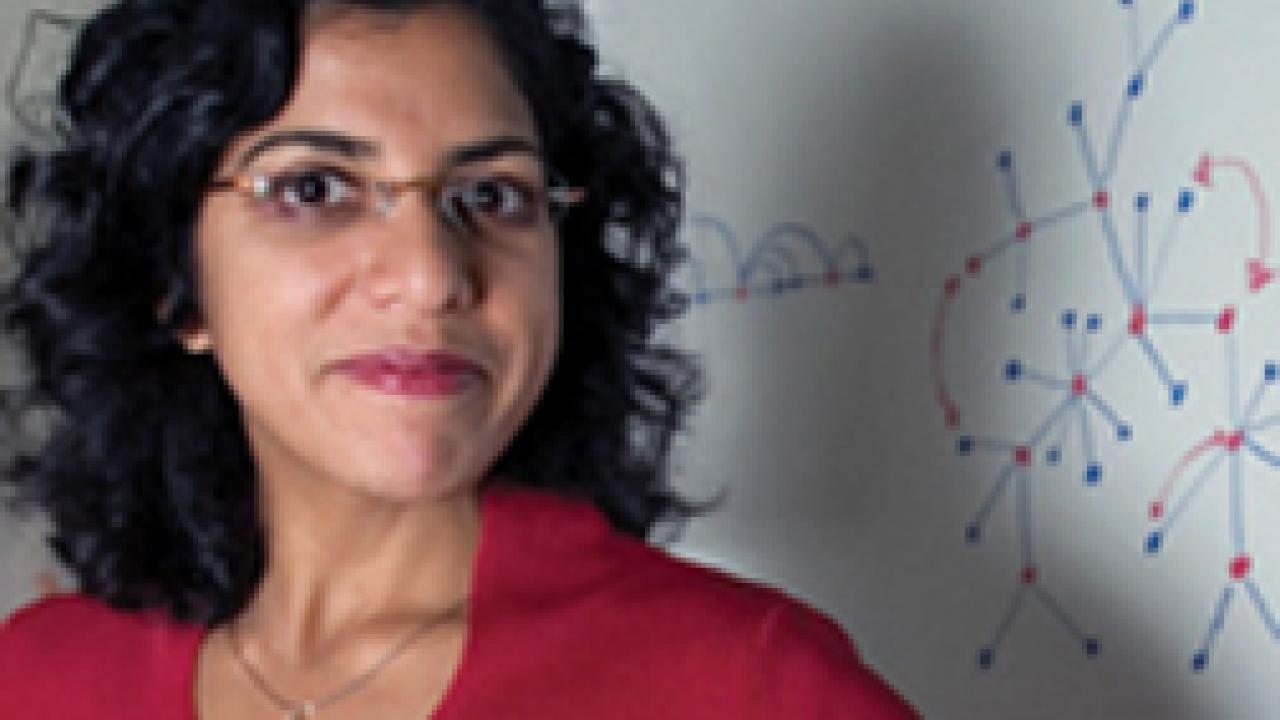A new theory shows how wealth, in different forms, can stick to some but not to others. The findings, published online by the journal Proceedings of the National Academy of Sciences, have implications ranging from the design of the Internet to economics.
Real-world data -- whether distributions of wealth, size of earthquakes or number of connections on a computer network -- often follow power-law distributions rather than the familiar bell-shaped curve. In a power-law distribution, large events are reasonably common compared to smaller events.
Networks often show power laws. They can be caused by the "rich get richer" effect, also known as "preferential attachment," where nodes gain new connections in proportion to how many they already have. That means some nodes end up with many more connections than others. The phenomenon is well known, but had been assumed to be just a fundamental property of networks.
Raissa D'Souza, an assistant professor at the Department of Mechanical and Aeronautical Engineering and the Center for Computational Science and Engineering at UC Davis, together with colleagues at Microsoft Research in Redmond, Wash., UCLA and Cornell University, looked at how "preferential attachment" can arise in networks.
"The 'rich get richer' makes sense for wealth, but why would it happen for Internet routers?" she asked.
D'Souza and colleagues found that they could make tradeoffs between the network distance between nodes and the number of connections between them. By tweaking the conditions, they could make preferential attachment -- a power-law distribution of the number of connections -- stronger or weaker.
These tradeoffs in networks are an underlying principle behind preferential attachment, D'Souza said. The general framework could be extended to all kinds of different networks, in biology, engineering, computer science or social sciences.
"It's exciting because it shows the origins of something that we had assumed as axiomatic," she said.
On the Net: www.pnas.org/papbyrecent.shtml
Media Resources
Dave Jones, Dateline, 530-752-6556, dljones@ucdavis.edu
